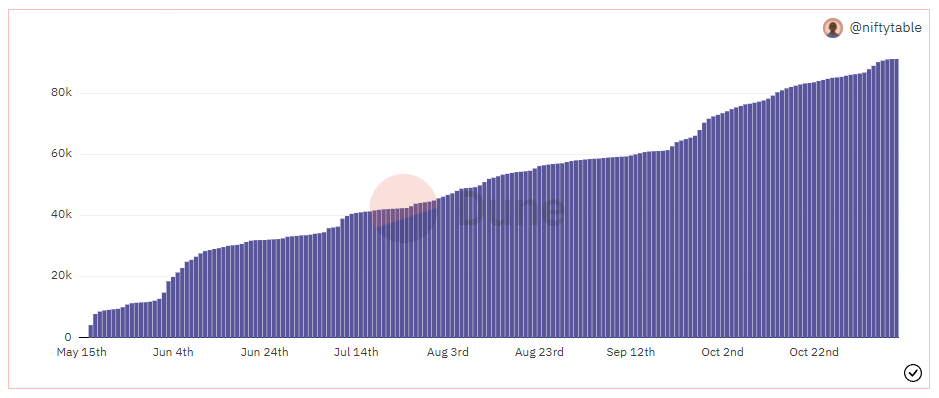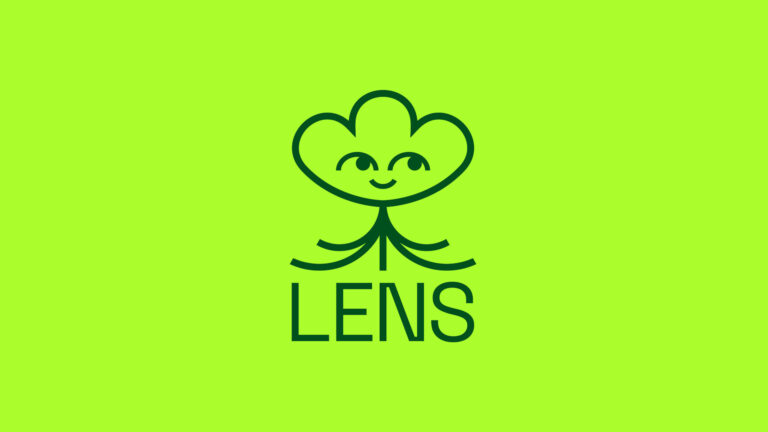The Lens Protocol was introduced by the Aave Protocol team in early February 2022 and is intended to provide the decentralized basis for social interactions on the web3. The user's profile and contacts are mapped to a social graph in a censorship-resistant manner, with content monetized directly via the blockchain.
The Lens Protocol is based on the Polygon blockchain and is not a standalone social network. Rather, it is a permission-free, composable and decentralized social graph. The idea came from Aave's founder Stani Kulechov and the smart contracts were developed by the same team. The protocol serves as a foundation so developers can focus on creating a social network rather than scaling their users.
Decentralized "social graph"
A social graph generally uses a centralized graph database (GDB). The graph structures of the known companies contain various other properties besides nodes and relationships to enrich profiles with information and to utilize them. The centralized storage enables the companies to evaluate the profiles. The preferences, the behavior on the platform and the relationships allow the company to monetize the profiles by displaying personalized ads or even selling the enriched user data to third parties.
The user himself has no control over his data, let alone the platform's evaluation mechanisms and is completely dependent on the network. The Lens Protocol uses a decentralized, open source and composable social graph. This can be freely used by creators to set up their own social media platform on the web3. User profiles are represented by NFTs and stored on Polygon. Currently, cross-platform interoperability is achieved through browser-based wallets; compatible wallets include MetaMask, Gnosis Safe, and Argent. The leading Lens application Lenster represents the web3 alternative to Twitter.

An alternative to Twitter & Co.
In the Lens Protocol, the essential functions of social media are mapped in the context of blockchain technology and enforced through the use of smart contracts. All content produced by authors, curators and users is considered to be published. In addition to content posts, this also includes comments and so-called mirrors. Mirrors are similar to reposts or retweets and serve to disseminate the content. The "mirrored" post is subject to the conditions specified by the original profile.

As usual, users follow each other to follow the content of the profiles. This mint a follow NFT to define the nature and conditions of this connection to the profile. In doing so, the profile can set a fee that the follower must pay before they can access the creator's content. Follow NFTs also have a built-in governance feature that allows the profile to easily perform voting. All that has to be done is to set up a new smart contract, which provides the appropriate interface to interact with the owners of the follow NFT.
In addition, "Collect" gives users a method to collect individual contributions. Again, users mint the content as NFT with the terms set by the original publisher. On the one hand, this offers creators new monetization opportunities and on the other, users of the platform can interact more closely with their idols.




